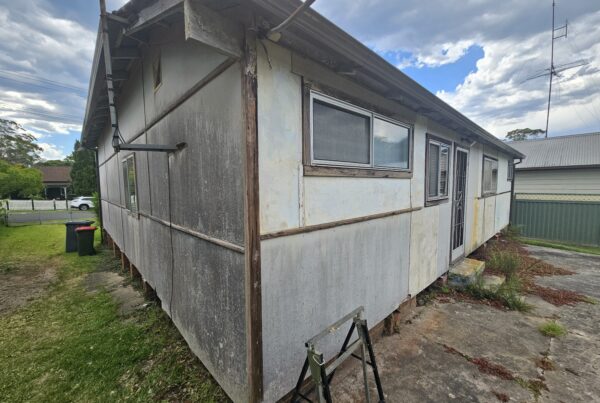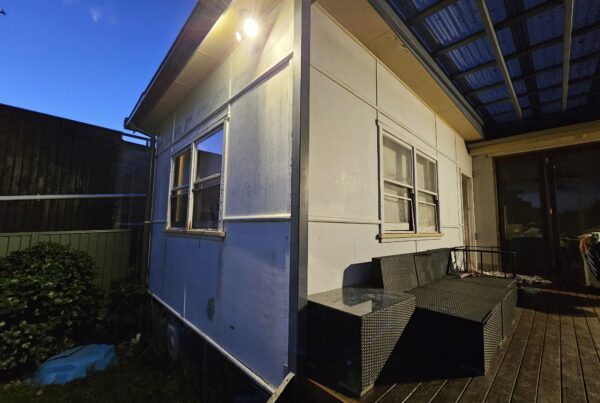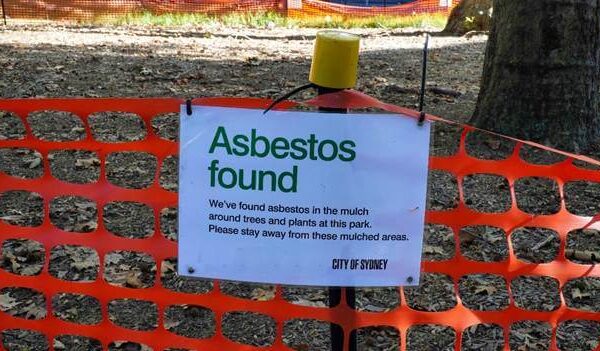Once asbestos fibres enter via inhalation, the body’s immune system will fight them to the best of its abilities. Unfortunately, in many cases, it can’t stop the damage the microscopic fibres inflict from spreading and worsening. While the fibres’ rampage inside the body can take years, if not a lifetime, knowing that something is slowly killing you inside isn’t reassuring.
Asbestos exposure shouldn’t be taken lightly. The naked eye can’t see the fibres coming, the naked nose can’t pick up their scent (because they don’t have any) and it’s anyone’s guess as to how much havoc they’ll wreak once inside the body. That said, there are ways to identify if they manage to enter, which is essential for timely medical intervention.
Look for Symptoms
Not all asbestos exposures result in adverse health conditions. As we explained in our blog post about single exposure to asbestos, short-term exposure has a low risk of escalating into an asbestos-related disease (ARD). However, it’s a different story for multiple short-term or continuous exposure to the material.
Most ARDs begin as asbestosis, which Lung Foundation Australia defines as inflammation and lung scarring due to the asbestos fibres lodging themselves into delicate lung tissues. Common asbestos exposure symptoms usually don’t manifest unless constantly inhaling asbestos for 10 to 30 years. When they do, these include but aren’t limited to:
- Shortness of breath
- Persistent dry cough
- Swelling of the fingers, a.k.a. clubbing
- Crackling sound during inhaling
- Loss of appetite
- Coughing up blood
As the fibres remain lodged over time, they start affecting the surrounding cells down to their DNA. This is how inhaling asbestos leads to asbestos cancer, the most well-known being malignant mesothelioma. At that point, the common symptoms include both those of asbestosis and those of the type of mesothelioma.
- Pleural mesothelioma: Chest pain, difficulty swallowing, swelling of the face and arms, extreme tiredness, muscle weakness
- Peritoneal mesothelioma: Abdominal pain and swelling, constipation, sudden and unexplainable weight loss, nausea and vomiting
- Pericardial mesothelioma: Heart murmurs, irregular heartbeat and palpitations (arrhythmia), difficulty breathing while lying down
- Testicular mesothelioma: Swollen testes, lump and fluid in the scrotum
Any of these symptoms should warrant a check-up with your GP or a specialist as soon as possible. A cure for asbestosis, let alone mesothelioma, may currently be far off, but these asbestos-related illnesses can be prevented from worsening further.
Undergo Medical Tests
If your GP or specialist suspects an ARD is plaguing you, they may recommend testing to examine your lungs more closely. GPs may advise any of at least a dozen tests depending on the severity of the health effects, but the two most common are chest X-rays and lung function tests.
A chest X-ray (also called a chest radiograph) can capture opacities that point to damage in the lungs caused by asbestosis, but it can’t detect the actual fibres responsible for the disease. For that, the GP may recommend tests involving retrieving a lung tissue sample and viewing it under a microscope, somewhat similar to standard asbestos testing.
Meanwhile, lung or pulmonary function tests consist of a series of exercises your lungs must undergo to evaluate their overall function. An example is the lung volume test, which determines lung capacity through inhaling and exhaling. Asbestosis is known to reduce the amount of air the lungs can hold.
Catching It Early is the Key
If it isn’t obvious yet, catching the signs of asbestosis or ARDs (asbestos-related diseases) in the early stages is crucial in mitigating its health problems. Of course, it’s still better not to catch the disease in the first place, but not everyone living in pre-1990s homes has that luxury.
On that note, if you know that your house was built at the height of Australia’s dependence on asbestos, it pays to schedule an asbestos inspection. This applies whether or not any of your house’s occupants are suffering from an ARD. Limiting further exposure to asbestos can greatly help limit the disease’s growth, if not reducing the risk of getting it.
Determining if your property needs to be checked for asbestos comes down to deduction. Given the overarching ban on asbestos, a house built before 1990 is the only major source of its life-threatening fibres. It’s possible that the fibres may have come from the workplace by latching onto the worker’s clothes, but there are more homes than workplace buildings.
Again, we strongly advise against renovating your pre-1990 house without checking it for asbestos-containing materials. The last thing you need is carelessly scattering asbestos dust all over your home and your neighbours’ homes by all the dismantling and disposal. Not to mention you can get fined a hefty sum for such action.
Conclusion
Asbestos in the lungs can only be identified through a combination of ARD symptoms and thorough medical testing, similar to identifying asbestos at home. Whether or not positive for asbestosis or any other related disease, it’s important to deal with any asbestos in your home immediately.







